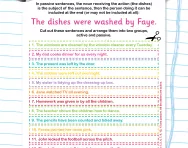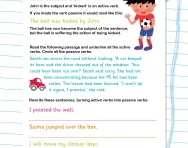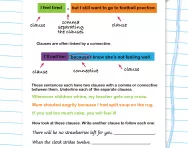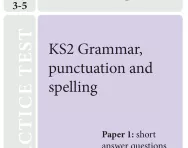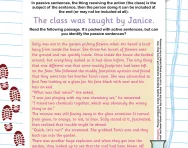Important update from TheSchoolRun
For the past 13 years, TheSchoolRun has been run by a small team of mums working from home, dedicated to providing quality educational resources to primary school parents. Unfortunately, rising supplier costs and falling revenue have made it impossible for us to continue operating, and we’ve had to make the difficult decision to close. The good news: We’ve arranged for another educational provider to take over many of our resources. These will be hosted on a new portal, where the content will be updated and expanded to support your child’s learning.
What this means for subscribers:
- Your subscription is still active, and for now, you can keep using the website as normal — just log in with your usual details to access all our articles and resources*.
- In a few months, all resources will move to the new portal. You’ll continue to have access there until your subscription ends. We’ll send you full details nearer the time.
- As a thank you for your support, we’ll also be sending you 16 primary school eBooks (worth £108.84) to download and keep.
A few changes to be aware of:
- The Learning Journey weekly email has ended, but your child’s plan will still be updated on your dashboard each Monday. Just log in to see the recommended worksheets.
- The 11+ weekly emails have now ended. We sent you all the remaining emails in the series at the end of March — please check your inbox (and spam folder) if you haven’t seen them. You can also follow the full programme here: 11+ Learning Journey.
If you have any questions, please contact us at enquiries@theschoolrun.com. Thank you for being part of our journey it’s been a privilege to support your family’s learning.
*If you need to reset your password, it will still work as usual. Please check your spam folder if the reset email doesn’t appear in your inbox.
What are active and passive sentences?
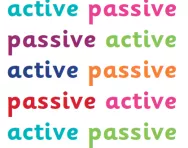
What are active and passive sentences?
A sentence is written in active voice when the subject of the sentence is performing the action.
A sentence is written in passive voice when the subject of the sentence has something done to it by someone or something.
For example: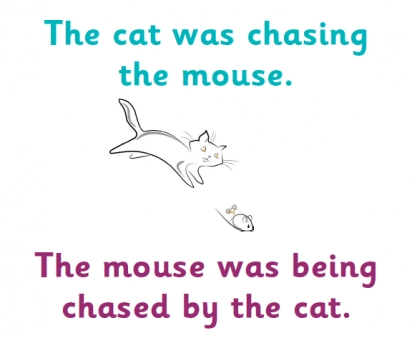
Active voice: The cat was chasing the mouse.
In this sentence, 'the cat' is the subject, 'was chasing' is the verb and 'the mouse' is the object.
Passive voice: The mouse was being chased by the cat.
In this sentence 'the mouse' has become the subject which is having something done to it by the cat.


Download Fantastic FREE Grammar Resources!
- Perfect Punctuation Workbook
- Great Grammar Games Pack
- PLUS 100s of other grammar resources
How are the active and passive voice taught and used?
People tend to use the active voice rather than the passive voice when they are writing, but the passive voice is often used for particular reasons. For example:![]()
Here, the person who has done the graffiti is not known, so the sentence is written in the passive voice.![]()
Here, it is not important who counted the votes, but instead the fact that they have been counted is important. You could also say that the most important thing in the sentence is the votes, which is why they are mentioned first in the sentence, rather than last as they would be would be in the active voice ('People counted the votes').
Year 6 children learn about the active and passive voice as part of their work on English grammar. They will be shown how to use it in their writing as a way of varying sentence structure. They may also be tested on passive sentences in the KS2 Grammar, Punctuation and Spelling test which Y6 children sit as part of their KS2 English SATs.

